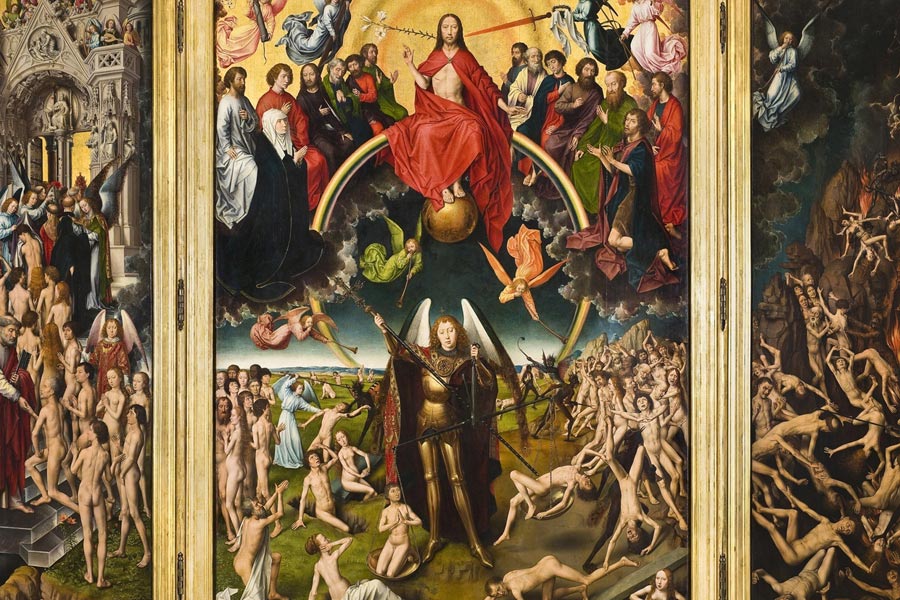Catholics (and perhaps people of other religions) observe November 2nd as “All Souls Day,” where they remember and pray for the dead.
What follows is the “Dies Irae,” a particularly inspiring part of Verdi’s “Requiem” (performed at the Hollywood Bowl in 2013 by the Los Angeles Philharmonic under the direction of Gustavo Dudamel) along with the hymn’s text in both Latin and in an English translation.
For those proficient in Latin, they may notice that the translation is not literal. (See, for example, the first stanza.) The literal translation of the beginning of that first stanza (“Dies Irae, dies illa”) is, “The day of wrath! O, that day [with the “O” being implied].”The poetic version is, “Dreaded day, that day of ire,” so that it can be more easily rhymed.
The text, which dates to medieval times and is attributed to various authors, is as moving as Verdi’s music. The Cornhusker Guardian hopes that its readers will feel spiritually enriched by reading the text and listening to the accompanying music on this day, which is the conclusion of the All Saints Day “Triduum.”
For those unfamiliar with Catholic holy days , the first day of the 3-day “Triduum” is October 31st or “Hallowe’en” — literally, “the Evening [before the] Holy [Day].”
The second day, or November 1st, is the holy day, All Saints Day itself, on which are celebrated all the saints in heaven (both officially “canonized” — i.e., those officially on the Church’s “canon” or list of saints — and those whose identities are known but to God alone).
The third day of the “Triduum” is November 2nd, or All Souls Day, where Catholics pray for the souls of all who have died but who might still be in “Purgatory” (that place of purgation where every stain of sin can be removed before a soul enters the eternal presence of God).
Here is a link to the text and translation, which readers can peruse while listening to the Dies Irae of Verdi’s powerful Requiem Mass (or “Mass of Rest”):
Verdi Requiem
The Verdi Requiem above was orchestral and not intended to be used at an actual Mass. For those interested in hearing a Dies Irae closer to one used in a liturgy, they can listen to the Chant of the Mystics version (with Latin and English text that follows the Chant) as well.
Featured image: The Last Judgment by Hans Memling.



